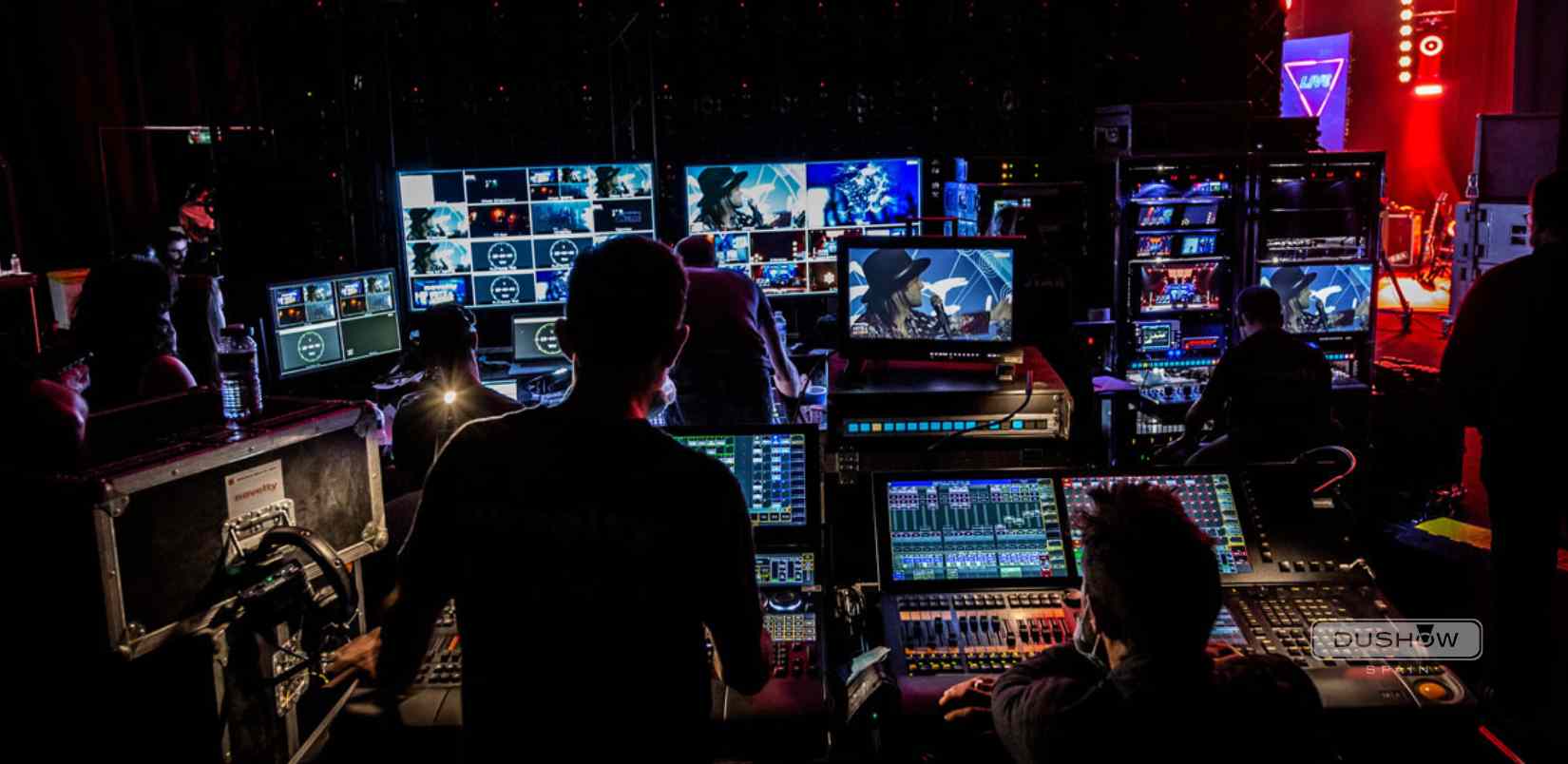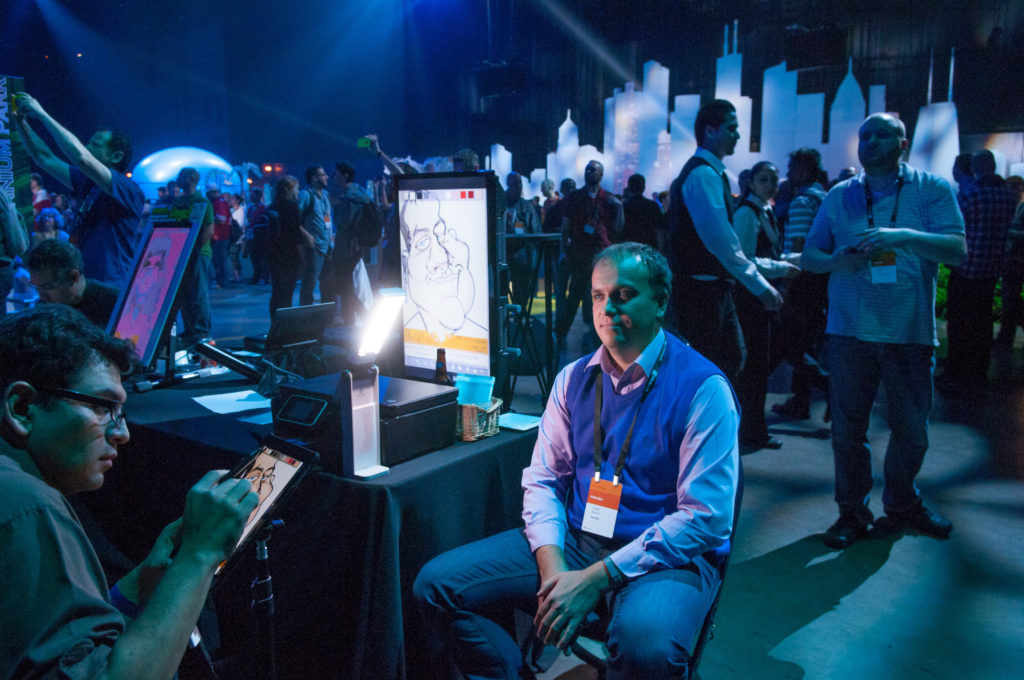Exactly How Manufacturing Firms Change Ideas Into Compelling Visuals
The process by which manufacturing companies transform abstract ideas right into compelling visuals is both detailed and systematic, starting with the important stages of ideation and manuscript advancement. Cooperation amongst varied professionals is essential, enabling a merging of ideas that breathe life right into narratives. As the task progresses with pre-production, production, and post-production, each phase demands careful attention to detail and positioning of imaginative components. This methodical approach not only shapes the visual of a task yet also influences its emotional resonance. What remains to be checked out is just how these methods finish in the art of narration itself.
Recognizing the Creative Process
While the innovative procedure might vary dramatically from one manufacturing firm to an additional, it typically involves an organized approach that stabilizes creative vision with sensible implementation. The procedure begins with ideation, where concepts are conceptualized and refined. During this phase, innovative teams engage in discussions that discover themes, narratives, and aesthetic designs, guaranteeing that the core message straightens with the intended target market.
Complying with ideation, the advancement stage takes facility phase, where manuscripts, storyboards, and shot lists are thoroughly crafted. This phase is important as it equates abstract ideas right into concrete plans, facilitating a smoother production process. The creative group works together closely, guaranteeing that every facet, from casting to place searching, shows the artistic intent.
When pre-production ends, the implementation phase commences, where the project is brought to life with shooting and modifying. This phase needs a keen interest to information, as the imaginative vision is realized via technical expertise and creative expression. Post-production even more fine-tunes the visuals and noise, culminating in a sleek final product that resonates with the target market. Hence, comprehending this organized imaginative procedure is crucial for appreciating how manufacturing companies transform concepts into compelling visuals.

The Role of Partnership
How does partnership boost the creative output of production firms? At its core, partnership is a crucial stimulant that promotes innovation and imagination within the manufacturing landscape - production companies nashville tn. By combining diverse ability sets, point of views, and experiences, joint initiatives permit groups to brainstorm and improve concepts better. This harmony not just improves problem-solving abilities yet likewise results in richer, more nuanced narration.

In addition, collaboration motivates open communication, which is essential for navigating the complexities of production. It grows an environment where feedback is valued, enabling repetitive renovations and changes that raise the end product. Ultimately, the joint spirit within production companies serves to transform preliminary ideas into compelling visuals that astound audiences, enhancing the significance of synergy in attaining creative excellence.
Pre-Production Basics
Pre-production is a crucial stage in the filmmaking process, commonly incorporating 5 important actions that lay the groundwork for a successful manufacturing. The initial step includes script advancement, where the screenplay is improved, making certain that the narrative is natural and engaging. This is adhered to by budgeting, which develops the financial framework for the job, recognizing crucial costs related to cast, team, areas, and equipment.
The 3rd step is casting, an essential procedure that entails selecting why not find out more the appropriate actors to represent the personalities authentically. A well-cast movie can significantly boost the tale's impact. Next, area hunting is carried out to discover suitable recording sites that line up with the vision of the task, taking into account logistical factors such as access and licenses.
Recording the Vision in Manufacturing
In the vibrant environment of a movie set, recording the vision in production needs careful sychronisation and partnership among all departments. Each team, from cinematography to art instructions, plays an essential duty in equating the movie script into aesthetic imagery that resonates with target markets. The supervisor's vision must be efficiently interacted to ensure that every shot, angle, and lighting choice straightens with the overarching narrative.
Cinematographers are charged with choosing electronic camera equipment and lenses that best share the story's tone, while manufacturing developers create immersive environments that boost the visual experience. Wardrobe and make-up groups add by forming personalities through their appearance, enhancing the narrative's motifs.
Sound layout and music likewise match the visuals, establishing psychological context and enhancing audience involvement. Daily sychronisation conferences and on-set communication networks assist in real-time adjustments, guaranteeing that any type of creative subtleties are captured as they develop.
Inevitably, catching the vision in manufacturing is regarding integrating these varied components to produce a cohesive and compelling visual narrative. The collective effort not just brings the manuscript to life but also lays the foundation for an effective motion picture experience.
Post-Production: Refining the End Product
Post-production plays an important role in improving the last product, transforming the raw video captured during production right into a polished Read More Here motion picture experience (production companies nashville tn). This stage encompasses a number of crucial processes, including editing, sound layout, color modification, and aesthetic results, each contributing to the overall story and psychological impact of the film

Sound layout is equally crucial, including the addition of discussion, sound impacts, and climatic noises that improve the seeing experience - production companies nashville tn. The careful layering of audio elements aids involve the audience in the story globe
Color modification even more improves visual appeal, readjusting colors and contrasts to produce a natural aesthetic that lines up with the film's mood. This step ensures that each framework resonates emotionally with audiences.
Conclusion
Finally, the improvement of principles into engaging visuals necessitates a structured and collaborative approach within manufacturing companies. By focusing on interaction and control throughout the imaginative process-- from ideation and pre-production to production and post-production-- these business effectively straighten different artistic aspects with the story. This meticulous approach not just improves narration but likewise astounds target markets, ultimately causing immersive and appealing cinematic experiences that reverberate click resources deeply with viewers.